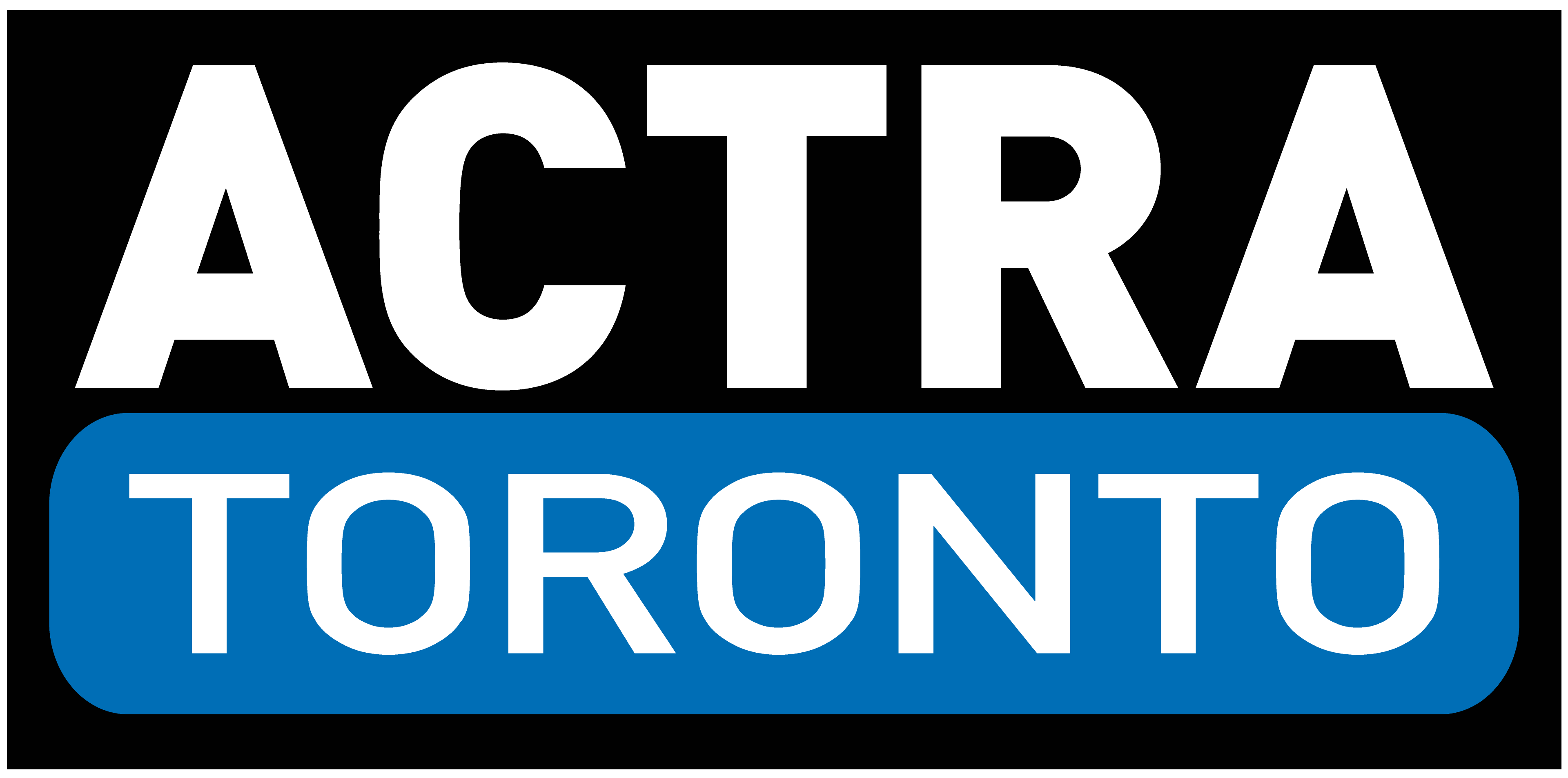Health and Safety
Rights and Responsibilities
You have health and safety rights and responsibilities under the Independent Production Agreement (IPA) and National Commercial Agreement (NCA), the Occupational Health and Safety Act and the Section 21 Health and Safety Guidelines for the Film and Television Industry. Become familiar with them. Make safety your number one priority.
- Keep your eyes open and stay alert.
- Notify someone on the crew if you see something that looks unsafe.
- Be helpful, respectful and patient. Most problems can be resolved quickly and to everyone’s satisfaction.
- Ask questions if you are unsure of your situation or responsibilities.
- Identify the crew Health and Safety Representative and the Stunt Coordinator (if applicable) listed on the call sheet.
NOTE: Health and Safety Awareness Training is MANDATORY for all workers in Ontario, including performers. Please click here for more information about this government initiative.
Specific Areas of Concern to Actors on a Film Set
Slip and Fall Accidents
These account for the majority of all workplace injuries. Exercise caution around “honey wagons,” bathrooms and loose cables. Be careful on stairs and when crossing roads or highways.
Environmental Illnesses
- Wear proper (seasonal) clothing and footwear.
- Insist on proper water wear for conditions.
- Bring layers to stay warm and cover up between.
- Drink plenty of water. Water should be clean and of a reasonable temperature.
- You have the right to clean, accessible toilet facilities.
- Watch to see that Makeup and Craft Service personnel are following reasonable hygienic procedures.
- Be careful and ask questions when working with “smoke” or artificial snow on a set.
- Be cautious around propane heaters. They are NOT to be used in an enclosed space.
Allergies and Medical Conditions
Make appropriate production and crew members aware of any allergies (e.g., food, makeup, animals), chemical sensitivities, phobias, or medical conditions (e.g., epilepsy, chronic back pain, heart condition) you have that may be triggered by the set environment.
Physical Injuries
- Be alert around heavy equipment (e.g., cranes, set structures, overhead lights and flags).
- Be aware of when and where firearms, explosives, pyrotechnics, open flames, helicopters, wind machines and the like will be used on set.
- If you’re in the shot when a stunt is to be performed, ask if you can attend the on‐set safety meeting whether you’re doing the stunt or not.
- Watch for laser measuring devices being used by focus pullers and other crew members. Ask if they are in use on set and avoid looking directly at them.
Vehicle Safety
WEAR SEAT BELTS! Don’t overestimate your driving skills. If you’re not a “professional” stunt driver, let someone else drive. If you’ve never ridden a motorcycle or driven a boat, the set is not the place to learn.
Animals
Animal actors are specially trained. Do not approach them without the trainer’s permission and supervision. If you’re in a scene with an animal, talk to the trainer. Learn all you can about your fellow actor.
Children
Special Performance Regulations exist in the IPA, NCA and Ontario’s Protecting Child Performers Act to protect child performers. DO NOT BEND THE RULES TO PLEASE PRODUCTION. These rules were hard‐fought and are in place for the benefit of vulnerable performers.
What Is a Stunt?
A stunt is a performance that would be considered dangerous if not performed by someone with special training or that is beyond a performer’s general experience or abilities and would therefore place them at risk of injury. A Stunt Coordinator is the best person on the set to decide whether any particular performance is a stunt and subject to a stunt fee.
If there is no Stunt Coordinator on set and you feel it would be unsafe for you to attempt the performance that is being requested of you, you should let production know of your concerns and suggest they get a qualified stunt performer to do the performance. Be aware that long‐term, career‐ending injuries can result from poorly performed or dangerous stunts. Proceed with caution and never misrepresent your ability to perform special skills (e.g., rollerblading, horseback riding, etc.)
If You Are Injured or Become Ill On Set*
*set: includes all areas of the performer’s workplace
- REPORT THE INJURY to the closest Assistant Director and the Crew Health and Safety Representative.
- See the set nurse or medic when available.
- Ask the production the name of their insurer for workplace accident/injury insurance.
- Go to the hospital. Even small injuries can have dire consequences. Ask for a copy of the report.
- Complete documents to protect yourself for any future insurance claim. These may include an Accident Report, a WSIB Report, and a Police Report (for auto accidents).
- Make detailed notes about the incident, including names and observations.
- Call the ACTRA Business Representative responsible for the production at 416‐928‐2278 and provide them with copies of all documentation.
- See your family doctor as soon as possible. Have your doctor write a letter describing your condition.
- If you have questions about AoS (Accident on Set) please email Tania Cardwell.
If you find yourself sick or injured a few days after an incident on set, see your family doctor IMMEDIATELY and notify the ACTRA Business Representative responsible for the production.
